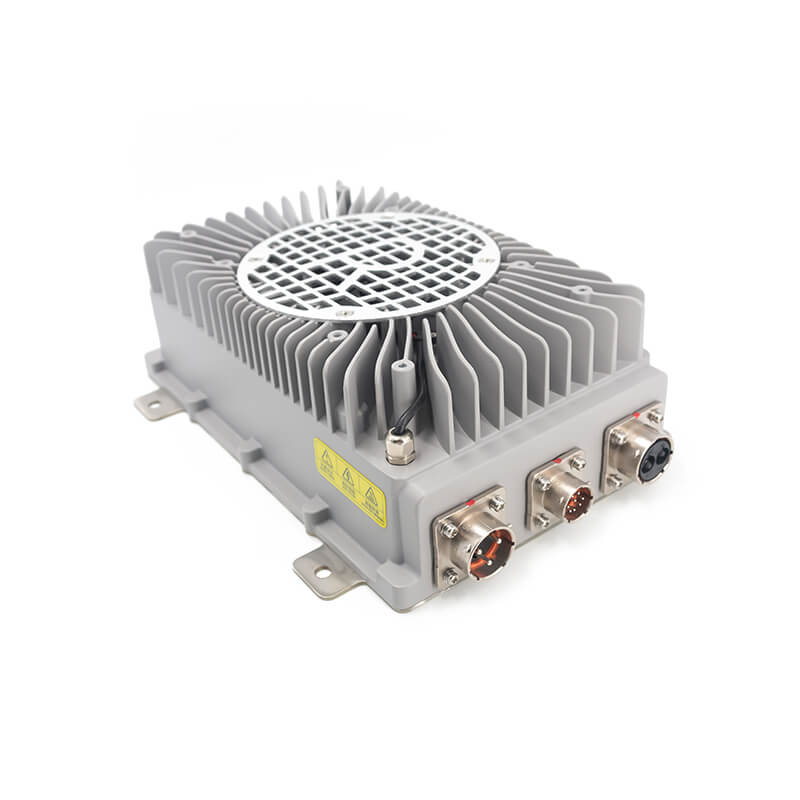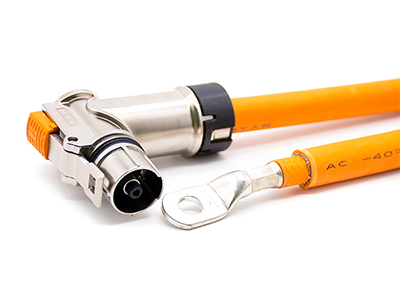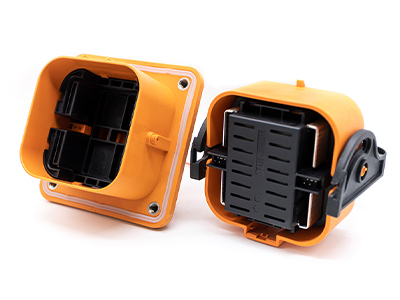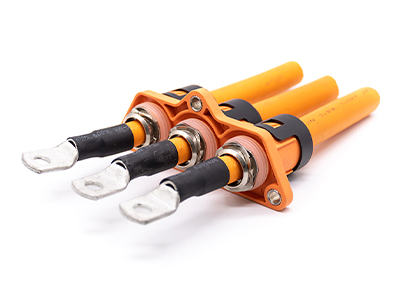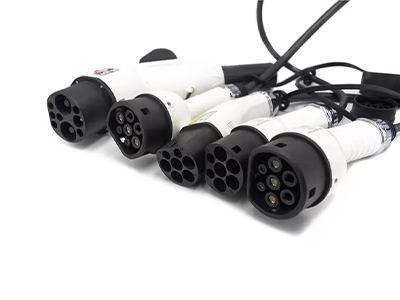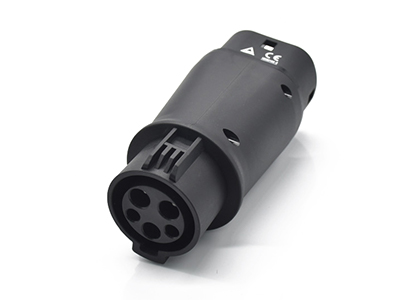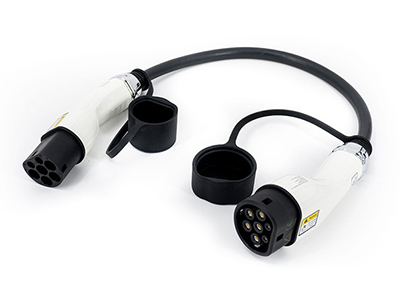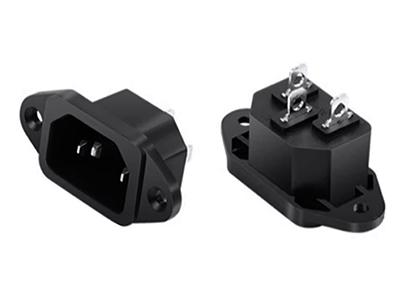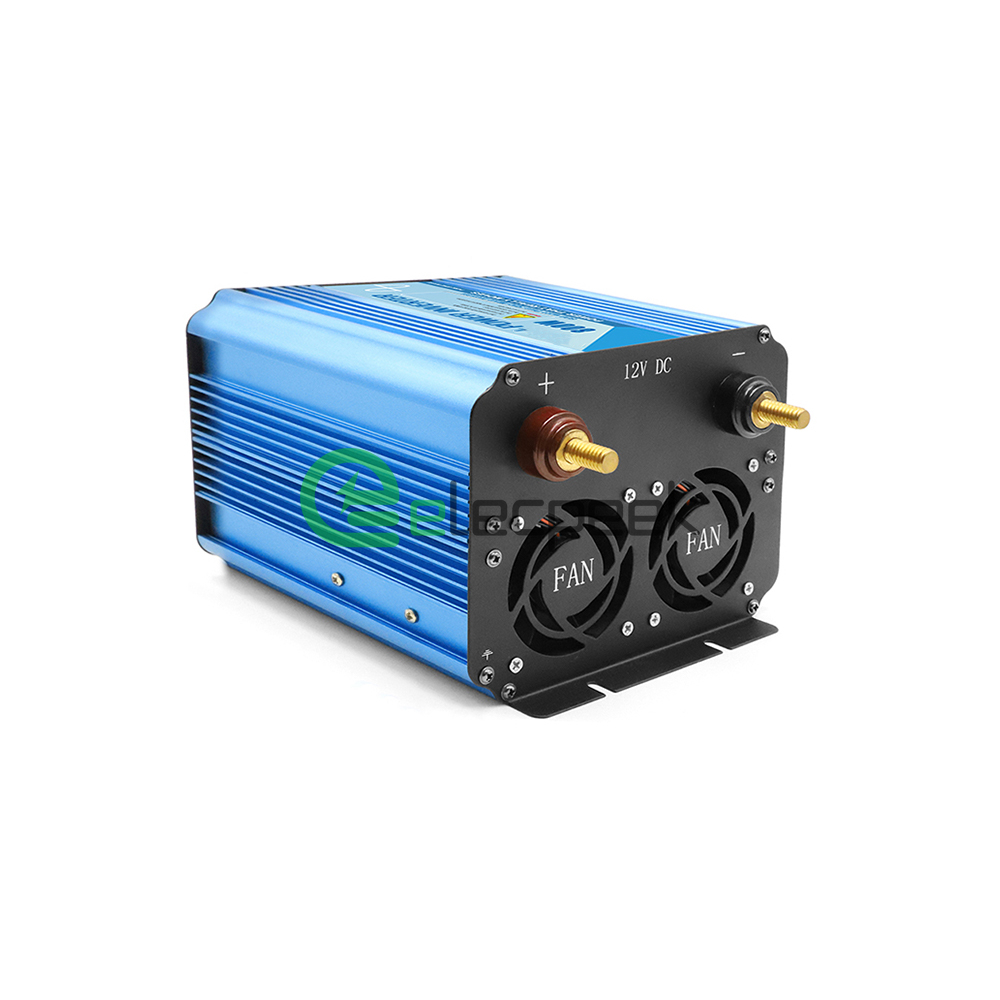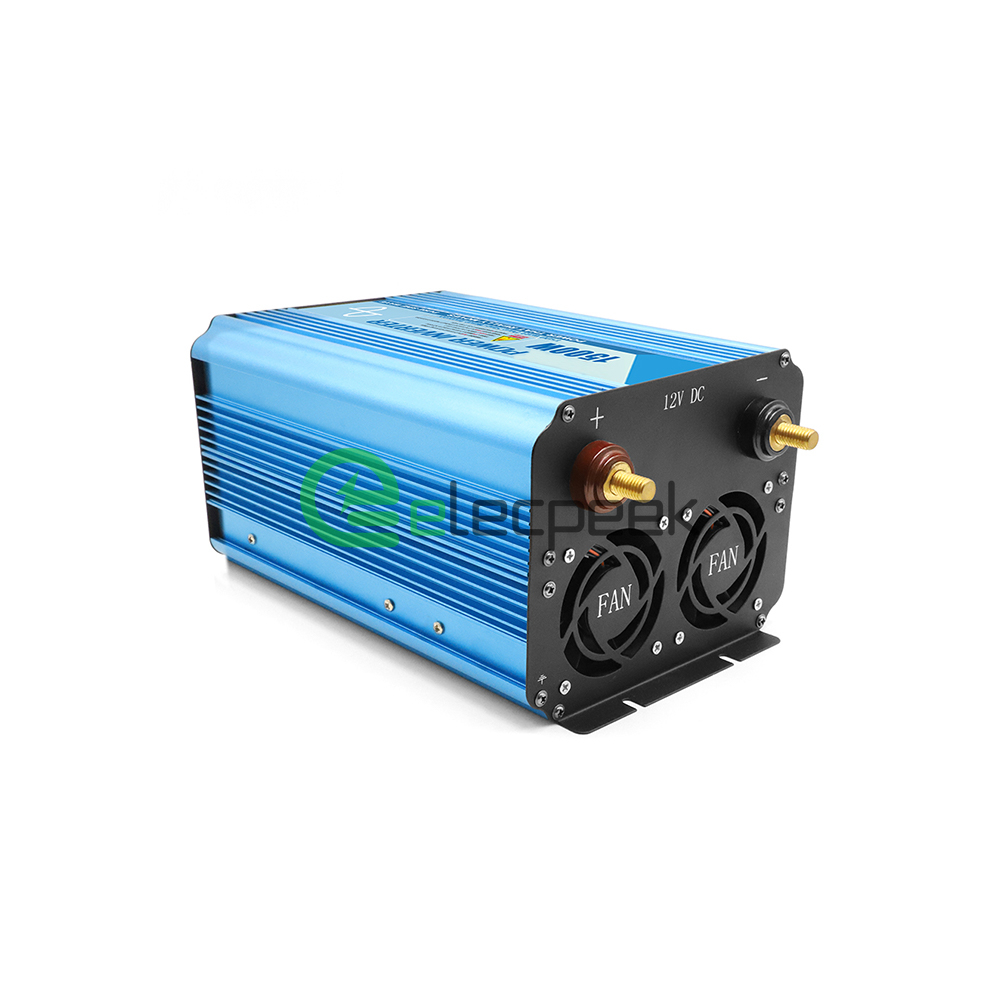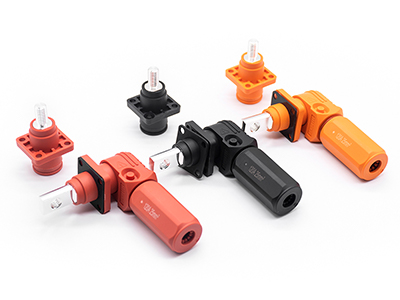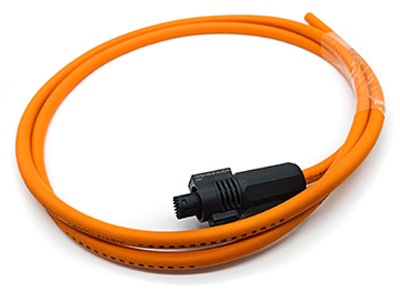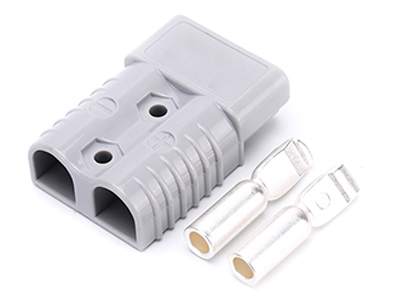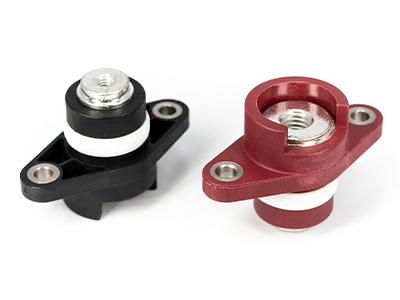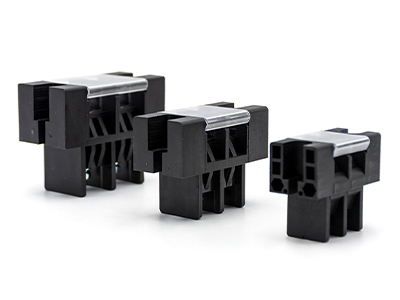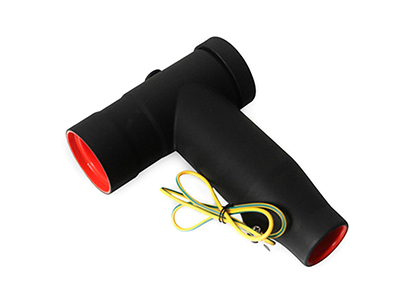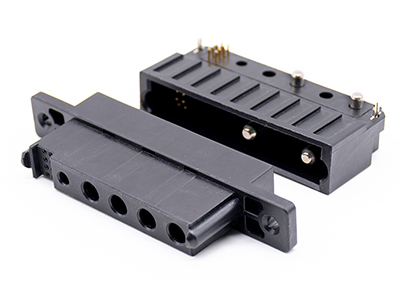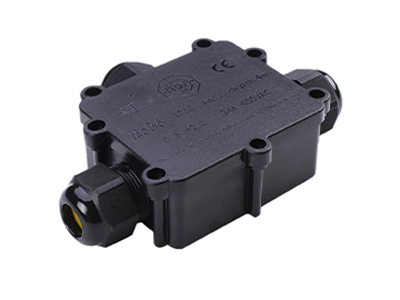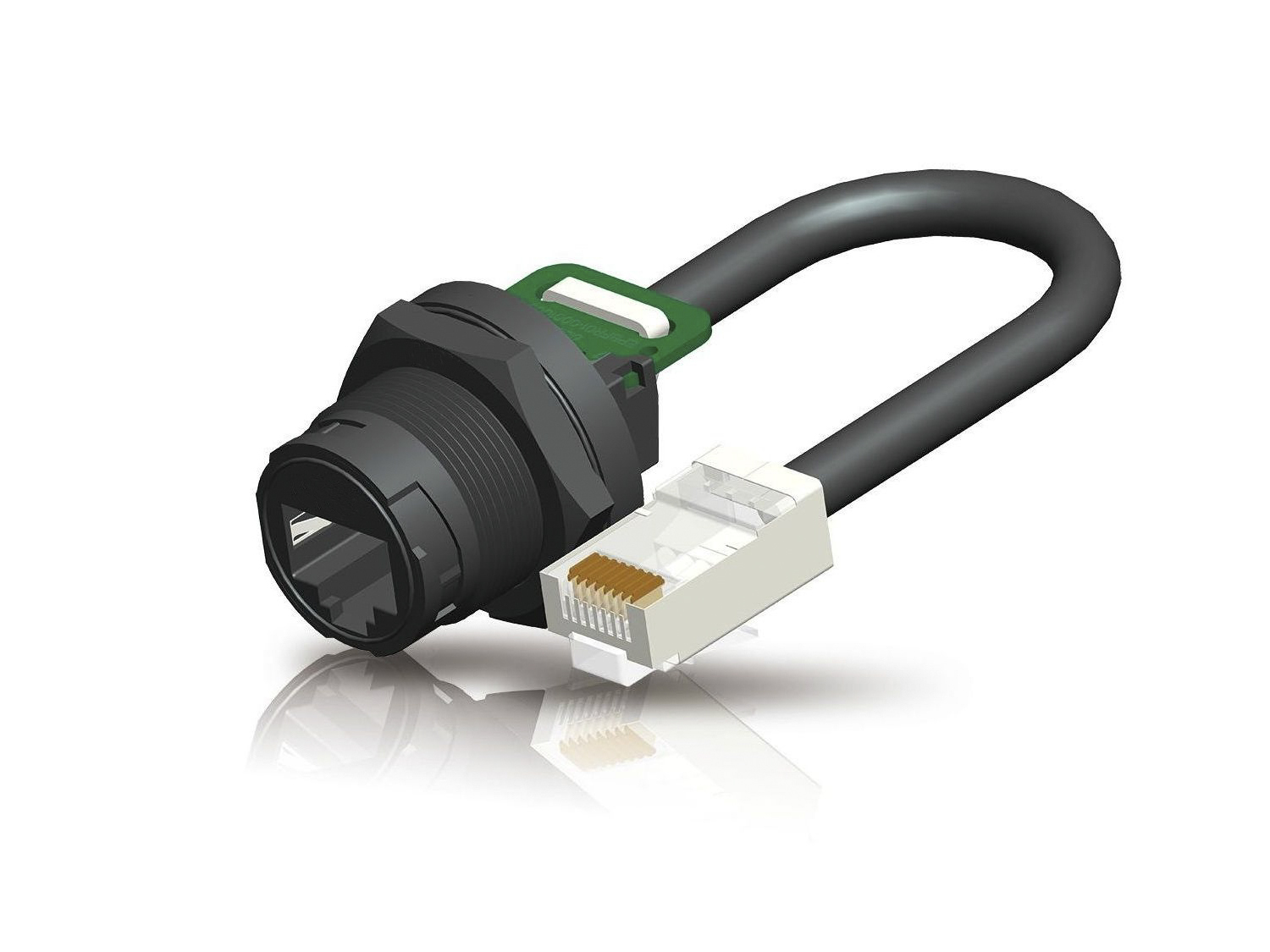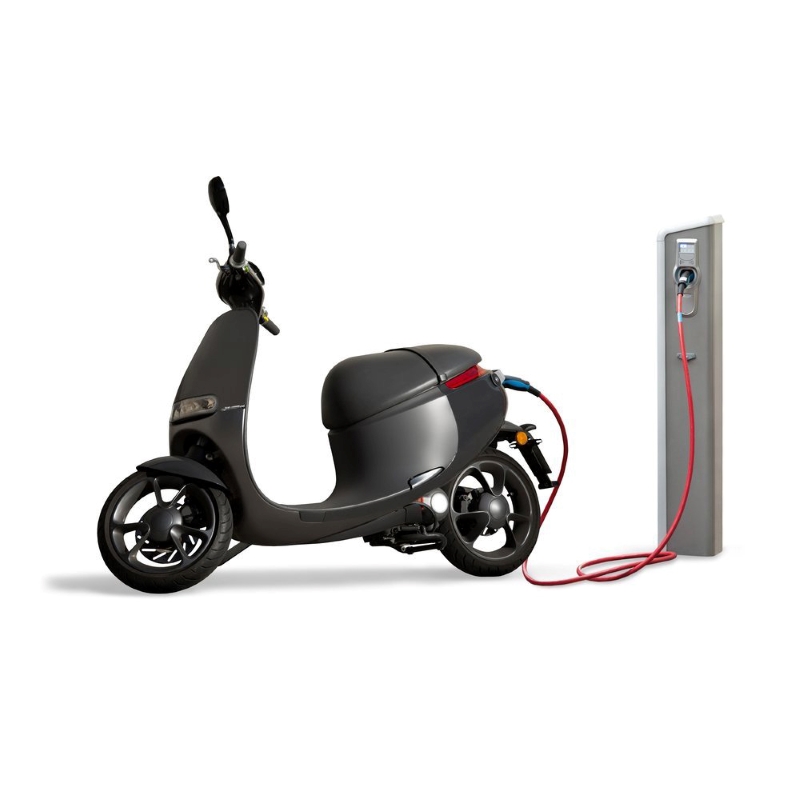News
Pushing the Limits: Exploring the Maximum Charging Speed for DC Charging
Electric vehicles (EVs) have come a long way in the past decade, with rapid advancements in battery technology and charging infrastructure. As more people adopt electric cars, the need for faster charging becomes increasingly critical. In this article, we will dive into the world of DC charging, exploring the current maximum charging speed, the factors that influence it, and what the future may hold.
Understanding the Basics: DC Charging and Charging Speed
To fully grasp the concept of charging speed, let’s first understand the difference between AC and DC charging. AC (alternating current) charging is the standard type of charging available at most homes and workplaces. It involves converting the AC power from the grid into DC (direct current) power, which is then used to charge the battery.
DC charging, on the other hand, bypasses the need for such a conversion, as the charging station directly supplies DC power to the battery. As a result, DC charging can deliver higher power levels and, consequently, faster charging times.
Charging speed is typically measured in kilowatts (kW), representing the power transferred from the charging station to the battery. Generally, the higher the kW, the faster the charging process.
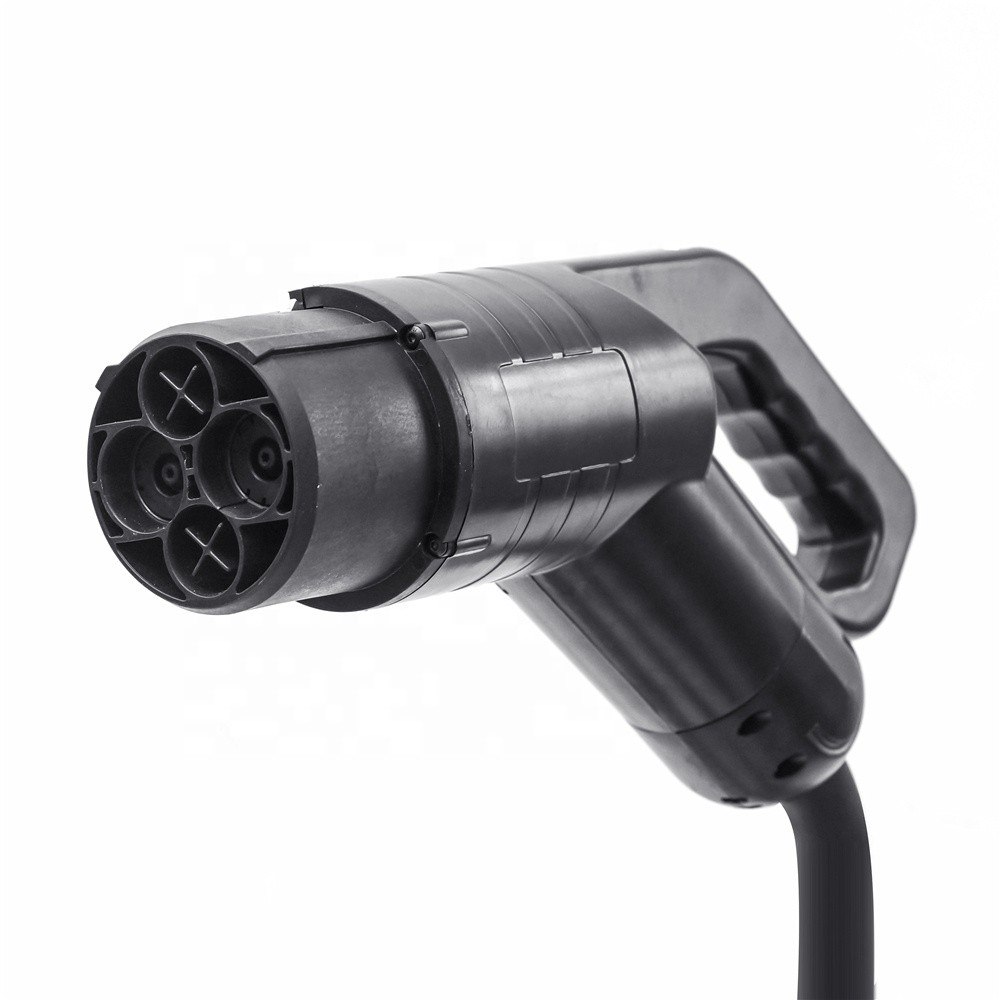
Factors Affecting Maximum DC Charging Speed
There are several factors that influence the maximum charging speed for DC charging, including:
1. The Charging Station’s Power Output
The power output of the charging station is one of the primary factors that determine the maximum charging speed. There are three main categories of DC charging stations:
- Level 2 DC fast chargers: These EV Charging Connector usually provide power outputs ranging from 20 kW to 50 kW. They are suitable for everyday use and can provide a decent charge in a relatively short amount of time. An example of a Level 2 charger is the Tesla Urban Supercharger.
- Level 3 DC ultra-fast chargers: These chargers have power outputs between 50 kW and 350 kW. They are designed to provide a rapid charge during long road trips or in commercial settings. Examples include the Tesla Supercharger V3 and Electrify America’s CCS chargers.
- Level 4 DC extreme-fast chargers: With power outputs of up to 450 kW, these chargers represent the cutting edge of charging technology. They are still under development and not widely available. Porsche’s prototype 450 kW charger is an example of a Level 4 charger.
2. The Vehicle’s Charging Capabilities
The maximum charging speed of an EV is also limited by the vehicle’s onboard charging capabilities. Different electric vehicles have different charging capacities, and some may not be able to take full advantage of the higher power levels provided by ultra-fast or extreme-fast chargers.
For example, a vehicle with a maximum charging capacity of 100 kW will not charge any faster at a 350 kW charger than at a 100 kW charger. To achieve the maximum charging speed, the vehicle’s charging system must be compatible with the charger’s output.
3. Battery Temperature and State of Charge
The battery’s temperature and state of charge (SOC) also impact the maximum charging speed. When the battery is too hot or too cold, the charging process can be slowed to prevent damage. Similarly, when the battery is nearly full, charging speed tends to taper off to protect the battery and maximize its lifespan.
Current Maximum Charging Speeds and the Future of DC Charging
As of 2021, the highest commercially available DC charging speed is around 350 kW, offered by Tesla’s Supercharger V3 and Electrify America’s CCS chargers. However, this is not the theoretical limit for DC charging.
Porsche has developed a prototype 450 kW charger that promises to charge its Taycan electric sports car up to 80% in just 15 minutes. Although this technology is still in the experimental phase, it demonstrates that there is room for growth in the realm of DC charging speeds.
Furthermore, various research projects and industry collaborations are working toward even faster charging speeds. One such example is the “FastCharge” project, a collaboration between BMW, Porsche, Siemens, and Allego, which has demonstrated a 450 kW charging station capable of charging a BMW i3 in just 15 minutes.
In conclusion, the maximum charging speed for DC charging is continually evolving as technology advances and charging infrastructure improves. Currently, the maximum available charging speed is around 350 kW, but with ongoing research and development, we can expect even faster charging speeds in the near future. As electric vehicles become more prevalent, the push for faster charging will continue to drive innovation and make electric mobility more convenient and accessible for everyone.

